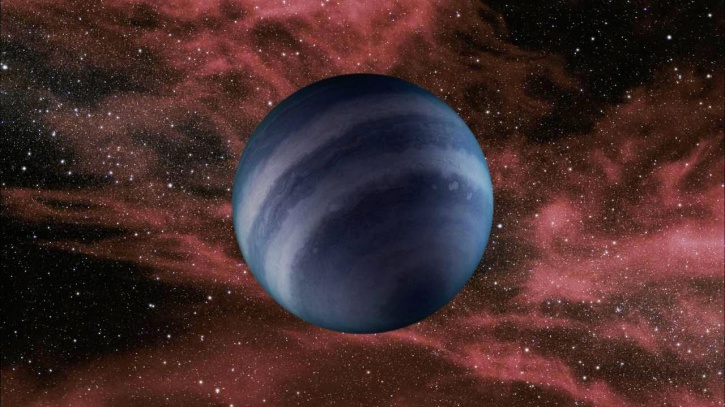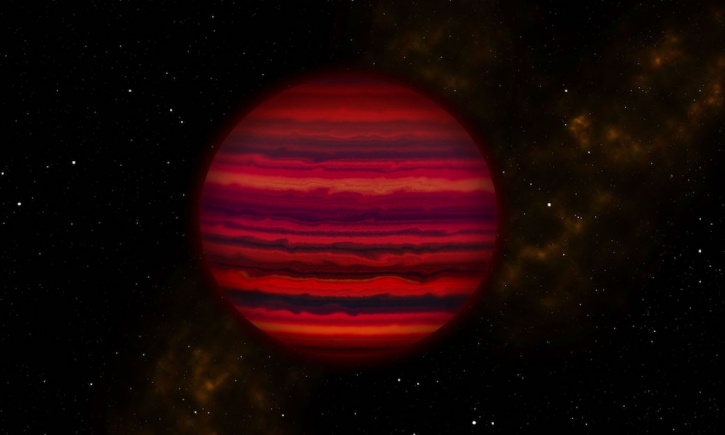What Are Exoplanets And How NASA Detects Life Beyond Our Solar System
Bharti Airtel Set To Acquire Telenor India Within This Year
Google Celebrates NASA’s Discovery Of Seven Earth-Like Planets With An Animated Doodle
Some Home Remedies That Might Sound Bizarre But Actually Work Like A Charm
Akshay Kumar Feels He Has Made Enough Money, Now Wants To Focus On Content & Characters
Delhi ATM Dispenses Fake Rs 2000 Notes From ‘Childrens Bank of India’ With ‘Churan Lable’
Adolf Hitler’s Personal Telephone During World War II Is Up For Auction In The US
From Salman Khan To Rekha, Neil Nitin Mukesh’s Wedding Reception Was Quite A Starry Affair
Astronomers Find The First Water Clouds Outside Our Solar System 7.2 Light Years Away
A couple of years back in 2014, astronomers discovered WISE 0855. Only 7.2 light-years away from Earth, the WISE 0855, or the brown dwarf as its otherwise known, is the coldest known object outside of our solar system, barely visible at infrared wavelengths even with the largest ground-based telescopes. The commendable thing, though, is that a team led by astronomers at UC Santa Cruz has been successful in obtaining an infrared spectrum of WISE 0855 using the Gemini North telescope located in Hawaii. The telescope helped to obtain the chemistry and the composition of the planet. Among the many interesting findings, the one that really stands out is a strong evidence of clouds of water or water ice. The first ever detected in our solar system. "We would expect an object that cold to have water clouds, and this is the best evidence that it does," said Andrew Skemer, assistant professor of astronomy and astrophysics at UC Santa Cruz, also the first author of a paper on the new findings to be published in Astrophysical Journal Letters.
What is a brown dwarf?
Brown dwarfs are substellar objects that occupy the mass range between the heaviest gas giants and the lightest stars. They are collapsing from giant nebulas of dust and gas. With a mass about five times the size of Jupiter (massive), the temperature is about 250 degrees Kelvin or -23-degree Celsius, as cold as Jupiter. The team studied the failed star for 14 hours over 13 nights. "Now that we have a spectrum, we can really start thinking about what's going on in this object. Our spectrum shows that WISE 0855 is dominated by water vapour and clouds, with an overall appearance that is strikingly similar to Jupiter," Skemer said.
Brown dwarf very similar to Jupiter
Jupiter and the brown dwarf, experts believe, are strikingly similar with respect to water absorption features, the only difference being the abundance of phosphine in Jupiter's atmosphere. Lack of the strong phosphine signal means that it has a less turbulent atmosphere. "The spectrum allows us to investigate dynamical and chemical properties that have long been studied in Jupiter's atmosphere, but this time on an extrasolar world," Skemer said.






